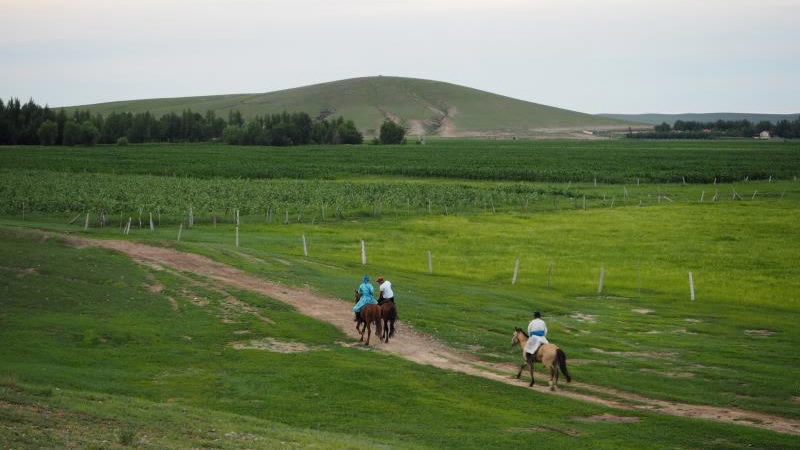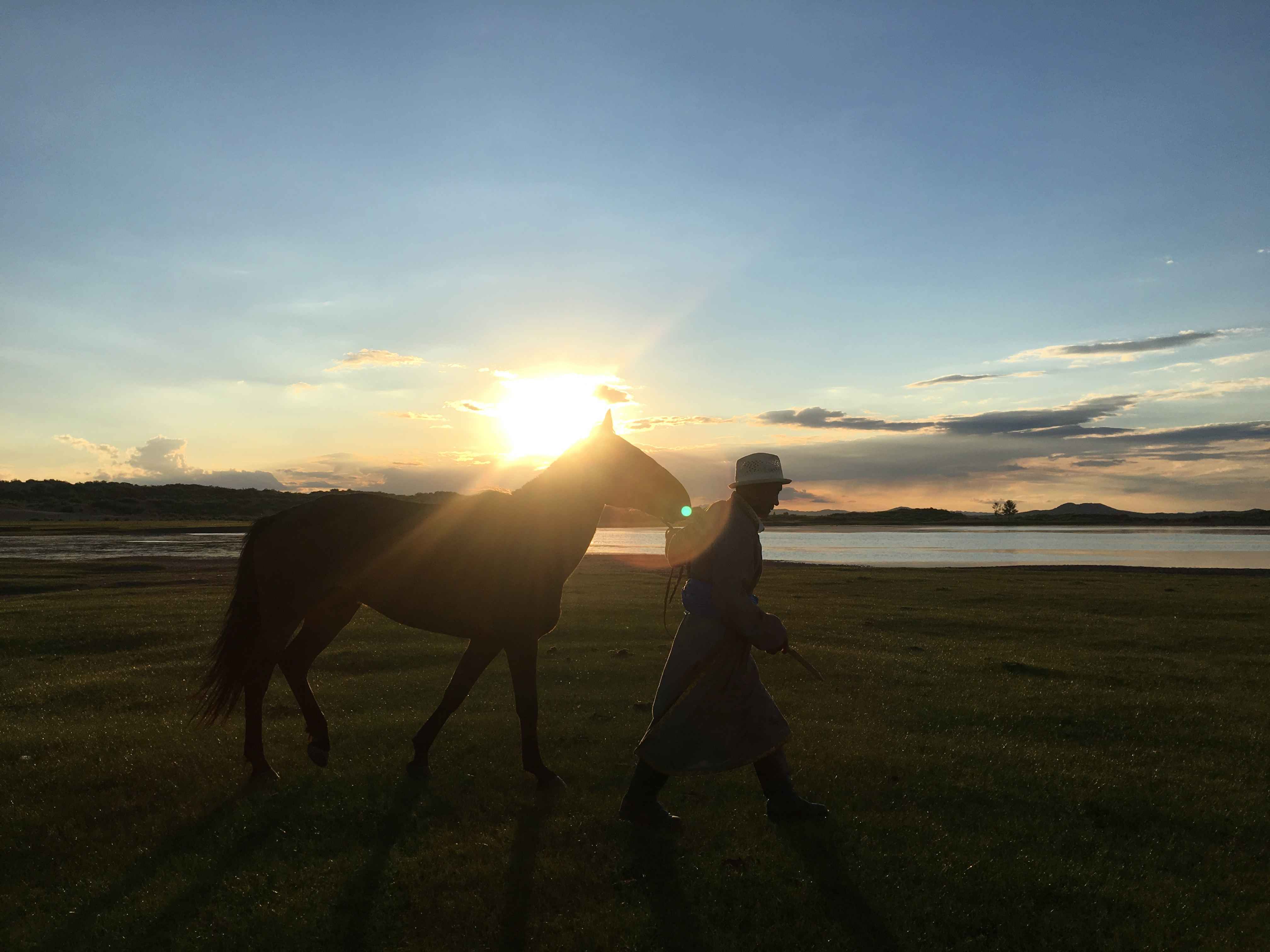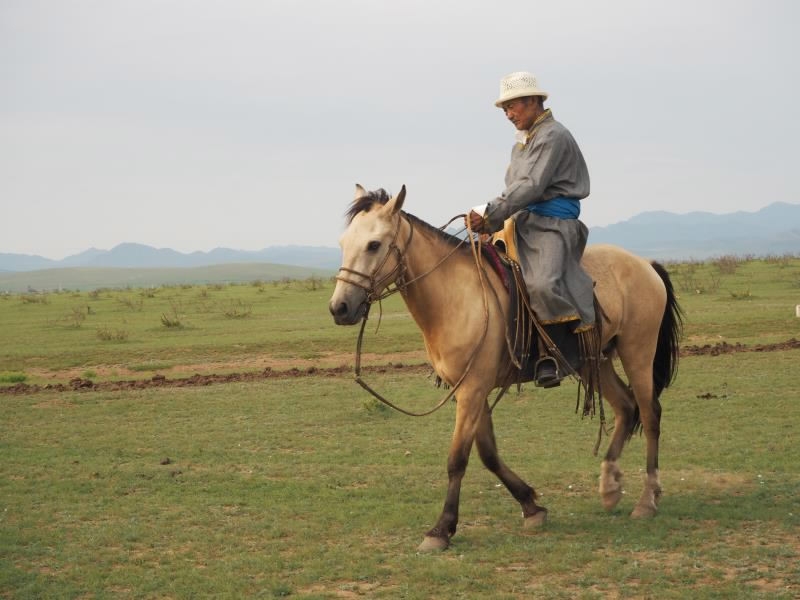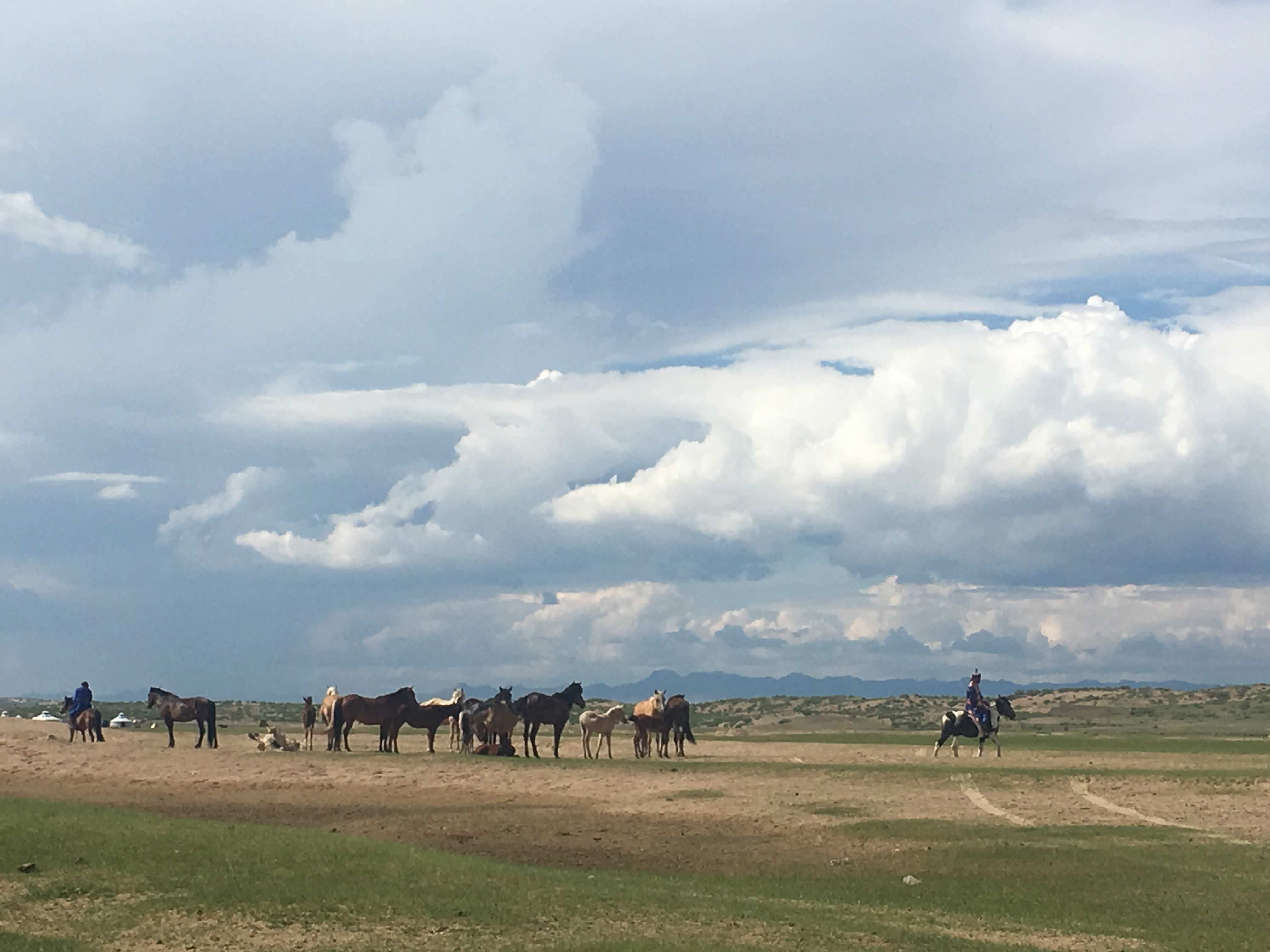
Culture & Sports
10:54, 08-Aug-2017
Horsemen of Inner Mongolia Charge Towards the Future
CGTN

By CGTN’s Joseph Catanzaro, Luo Shanshan
Change and the world are invading the grasslands of the Inner Mongolia Autonomous Region, putting the old ways under threat.
Mao Hoaer, 84, is among the last of the traditional Inner Mongolian horse masters. He is now in a race against time and progress, teaching the next generation how to ride in the traditional Mongolian style – without saddle and without fear – before this ancient skill is gone forever.

Mao Hoaer walks his horse on the grassland. /CGTN Photo
Mao Hoaer walks his horse on the grassland. /CGTN Photo
Most of his descendants are now infrequent visitors who have turned their backs on the traditional ways of herding and horsemanship. Many of the young have left the family village, tucked away in a poor part of Tianshan County in the autonomous region’s southeast.

Mao Hoaer rides his horse on the grassland. /CGTN Photo
Mao Hoaer rides his horse on the grassland. /CGTN Photo
They seek the neon lights and steady pay packets of China’s rapidly developing cities, or plan to do so.
The family gathers beneath a yurt that, like a metaphor for the time and place in which they live, is both old and new.
The material is modern and covered in carton depictions of hearts that dance between the phrase “Forever I love,” written over and over in English, but the structure is bound together with horse hair in the traditional way.
And though the modern world presses in, as dinner is served, Mao Hoaer’s wife, Naori Nima, 70, gently pushes back with a traditional song.

A semi-wild herd of horses that roam the grassland near Mao Haoer's yurt. /CGTN Photo
A semi-wild herd of horses that roam the grassland near Mao Haoer's yurt. /CGTN Photo
“I am glad we are gathered here today,” she sings. “We welcome you here, now you are like family.”
The old ways of Inner Mongolia may be disappearing, but in the ears and mouths of its people, they are not yet forgotten.

SITEMAP
Copyright © 2018 CGTN. Beijing ICP prepared NO.16065310-3
Copyright © 2018 CGTN. Beijing ICP prepared NO.16065310-3